Description
Jungle Leopard Gecko for sale
What do I feed my jungle leopard gecko for sale?
It is important to learn what your new jungle designer leopard gecko will eat. Because raising a healthy leopard gecko is mostly based on what you’re feeding. Most importantly, learn and understand proper baby leopard gecko feeding requirements before purchasing your leopard geckos for sale. Keeping in mind that the best insects to feed are mealworms or crickets. Notwithstanding, you can also treat your pet to waxworms or super worms once a week. All insects must be first given a nutritious powdered diet for at least 12 hours before being fed to your leopard gecko.

What Does a Jungle leopard gecko need in its tank?
Setting up a leopard gecko habitat or leopard gecko terrarium. House your single leopard gecko in a terrarium that’s at least 10 gallons. For every additional leopard gecko, make the tank 5 gallons bigger. Two or three geckos do well together and can be kept in a 15 or 20 gallon tank. Because males are territorial, keep no more than one male. Also, because males tend to spar over territory and should always be kept separate of one another.
Do Jungle Designer leopard gecko morphs have night vision?
Humans and most other vertebrate animals are colorblind at night—the most sensitive light receptors in our eyes, called rods, detect only black and white. Leopard geckos are different. Leopard Geckos evolved from lizards that were active during the day, and they didn’t have rods for night vision.
Because leopard geckos do not require UV light it is important to use the proper calcium and vitamin D supplement. No matter what, all insects that are going to be fed to your pet leopard gecko should be dusted. AT Gecko Fire we use a combination of 3 parts to 1 Calcium to Vionate vitamin powder.
How often do you need to feed a Jungle leopard gecko for sale?
Once your new jungle designer leopard geckos for sale are purchased and arrive home, let them adjust. Because they have just taken a trip, we recommend allowing for 2-3 days before feeding. Mealworms should be provided in a shallow dish at all times. Be sure to always dust all insects with proper vitamins and minerals. Lastly, crickets can be offered daily if you want to spoil your gecko. Crickets should be fed a minimum of twice a week. Always remember, when feeding crickets, only feed as many crickets as your pet gecko can eat in 15-20 minutes.
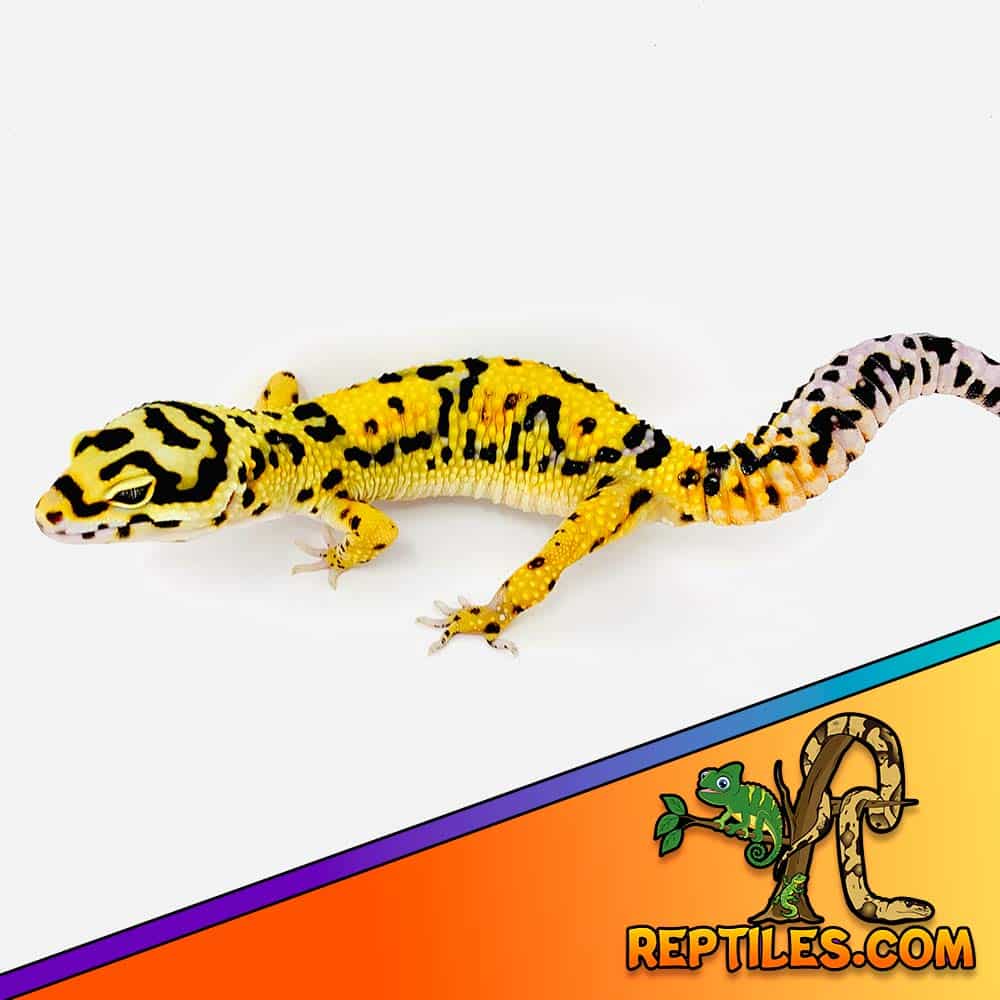
How do you hold leopard gecko?
- Move your hand slowly towards the gecko so it can see your hand. Make sure it knows that it is just your hand. …
- Be sure to move gently.
- Slowly place your hand under its body between arms and legs and let the gecko basically walk up on to your hand, When holding it, just let it crawl around or sit on your arm or hand and be ready to enable the leopard gecko to walk from hand to hand until it calms down and is more relaxed sitting in one spot. Depending on where you have bought your leopard geckos for sale from, the baby leopard gecko may be easy to handle or also could be skittish depending upon if the leopard gecko breeder you purchased your baby from handled his or her geckos often, etc.
Do Jungle Designer leopard geckos stop eating when they shed?
It is normal for a gecko to stop eating entirely or eat very little when he is shedding. Most geckos eat only once every two to four days, so it may take some time to realize that he has stopped eating. For his health, remove any leftover uneaten food from the enclosure when he is shedding.
Do baby leopard geckos eat their own skin?
Do leopard geckos lose their tails?
Not usually, but it is possible! Leopard geckos drop their tails only under extreme stress (life or death situations – as judged by the gecko). It’s a security move designed to distract predators so the fleeing leopard gecko can escape. They lose a substantial amount of fat and nutrient reserve doing so, which is why it’s only under extreme circumstances as it is also painful for the gecko to drop its tail.
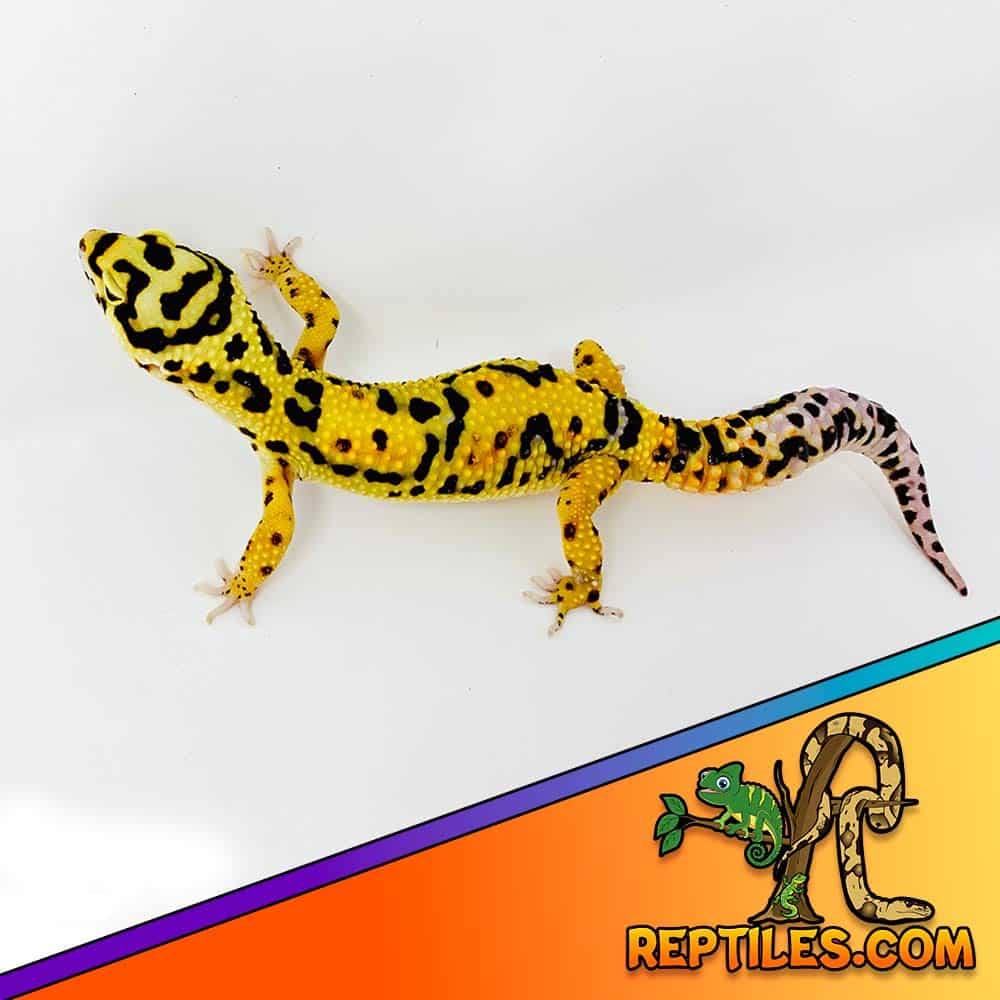
How easy is it to take care of a leopard gecko?
Leopard gecko morphs & leopard gecko colors

Can you put leopard geckos for sale together?
A male and female gecko pair can live happily together in a single tank or enclosure. … Multiple females can be kept together with a male, but multiple males should not be kept together, even with several females, since they will fight over territory. So basically do not put 2 males together, ever, and you’re good! If you considering buying 2 or more leopard geckos for sale, go with females. Unless you are a leopard gecko breeder, then prepare to be separating and breeding.
Do leopard geckos for sale need a heat lamp?
To mimic this, you will need to lower your tank’s temperature to 70-75°F. Your leopard gecko will, however, need a warm spot to lie on. You can do this with an infrared heat lamp (a special type of light that doesn’t affect nocturnal animals) or you can use an under tank heater.
Leopard Geckos have some of the most relaxed and calm personalities in the reptile kingdom once they are used to being handled. They’re perfect for beginners and extremely popular among long time reptile collectors alike.
- Captive Bred baby geckos – WE ONLY sell captive bred geckos for sale.
- Currently 5-15 grams / 3″-5″ in size
- Diet: currently feeding on baby crickets and calcium dusted meal worms
- Mature size 6-7″ @ 18 Months old.
- Easy to care for, makes great reptile pet for kids and adults.
- Hardy & lives up to 30 years in captivity.
- Handles well after acclimation but NEVER pick up a gecko by the tail.
- As this is a live animal, there will be slight aesthetic variations in colors.
Leopard Gecko habitat Requirement – Don’t finish shopping without them!
- Housing: Enclosure of 20 gallon (30″ x 12″ x 13″H) up to 30 to 40 gallon (36″ x 18″ x 13″H). See our Leopard Gecko Care Sheet regarding housing more than one Leopard Gecko in a single enclosure.
- Food: Main staple diet of crickets and/or mealworms are available at most all pet stores.
- Water: Provide water 3 or 4 times a week in a large bowl – not so big that your gecko cannot easily get out of the bowl!
- Heat: Heat mat and ceramic emitter to create a thermal gradient from warm side (88 Deg. F) to cool side (72 Deg. F).
When considering any leopard gecko for sale, be sure to only purchase captive bred baby leopard geckos for sale from an experienced leopard gecko breeder.

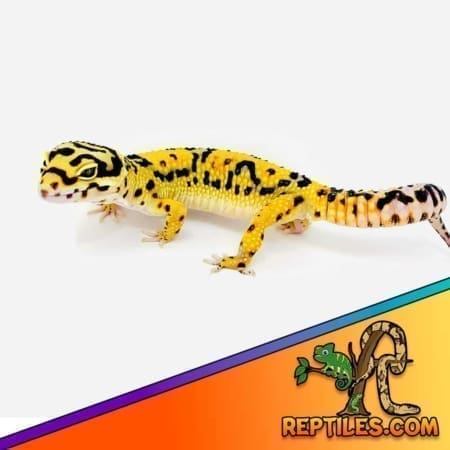

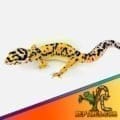



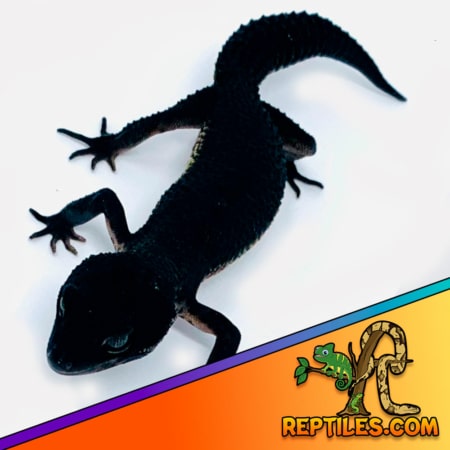





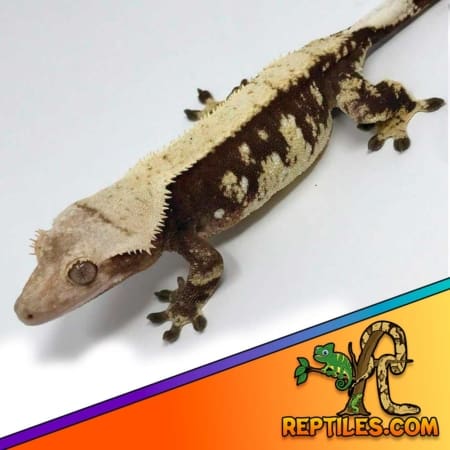


Reviews
There are no reviews yet.